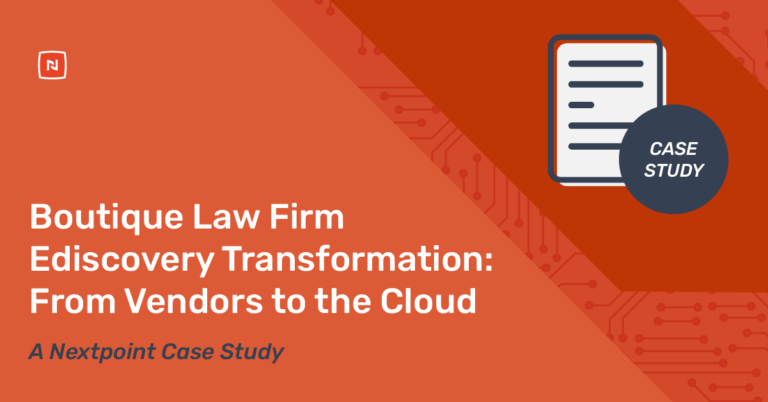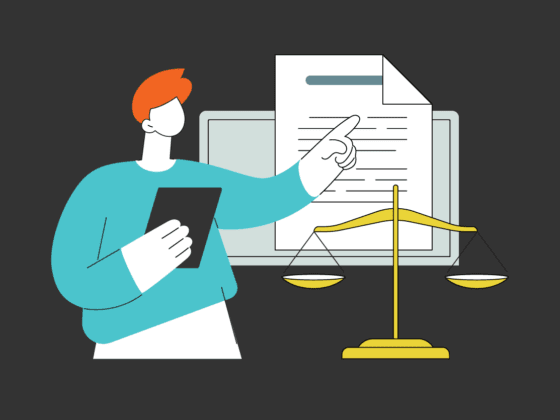Like many boutique law firms handling cases with small data sets, Mahendru P.C., a thriving commercial litigation firm in Houston, TX, had previously managed in-house ediscovery projects without dedicated software. For 18 years Ashish Mahendru and his team used Adobe Acrobat Pro to not only compile, code and organize documents, but also execute Bates numbering of productions.
When the amount of evidentiary data was small, Adobe sufficed. But, as the data in their cases ballooned, Mahendru’s manual processes became unmanageable. “We were rudderless,” Ashish said. It became clear to him that it was time to enact a digital transformation for ediscovery at his firm.
The Challenge
Mahendru wanted to address three key issues in the selection of a standardized, modern in-house ediscovery software platform for the firm:
1. Exploding data volume in ediscovery
In 2015 the firm handled a case with over one million pages of documents. A stop-gap solution was to enlist a third-party vendor to process the data through Relativity. But that proved inefficient.
As Ashish put it, “We’d ship the vendor all the documents. They’d scan them, import them, and then show us how to search, tag and mark everything up. Then a different vendor scanned the documents and made PDFs. It was like handing off a baton, and it was incredibly expensive.” They needed a simpler solution to handle their growing case data and better serve their clients.
2. Predictable costs in ediscovery
When using vendors, the firm paid per-gigabyte charges on the data, as well as additional fees for simple productions and other services. Every time they got more data, they heard the vendor’s cash register ‘ding’. It was unpredictable.
After two years of dissatisfaction, the escalating data charges pushed them to look for a new solution. Darren Braun, an experienced trial attorney at the firm, said, “We’re paying a ton of money to host data with [our current vendor]. We finally thought, ‘Maybe we could do it ourselves.’ If we could find a more user-friendly ediscovery platform, we could do it all in-house.”
3. Post-production case preparation and presentation
Ashish and his team sought an in-house ediscovery software that also offered a solution for managing exhibits, deposition transcripts, and case-building workflows. The firm had some document heavy arbitrations coming up that would require a better way to organize and present documents for the fact-finder. “We had no good way to do callouts,” Ashish said.
The Solution
Ashish and Darren researched their options and landed on Nextpoint’s cloud-based ediscovery software-as-a-service. With Nextpoint’s extensive feature set, they now operate independently and don’t rely on third-party vendors. They also said “goodbye” to the exorbitant, roller-coaster data charges. Nextpoint offers them predictable, flat pricing on unlimited data and projects.









